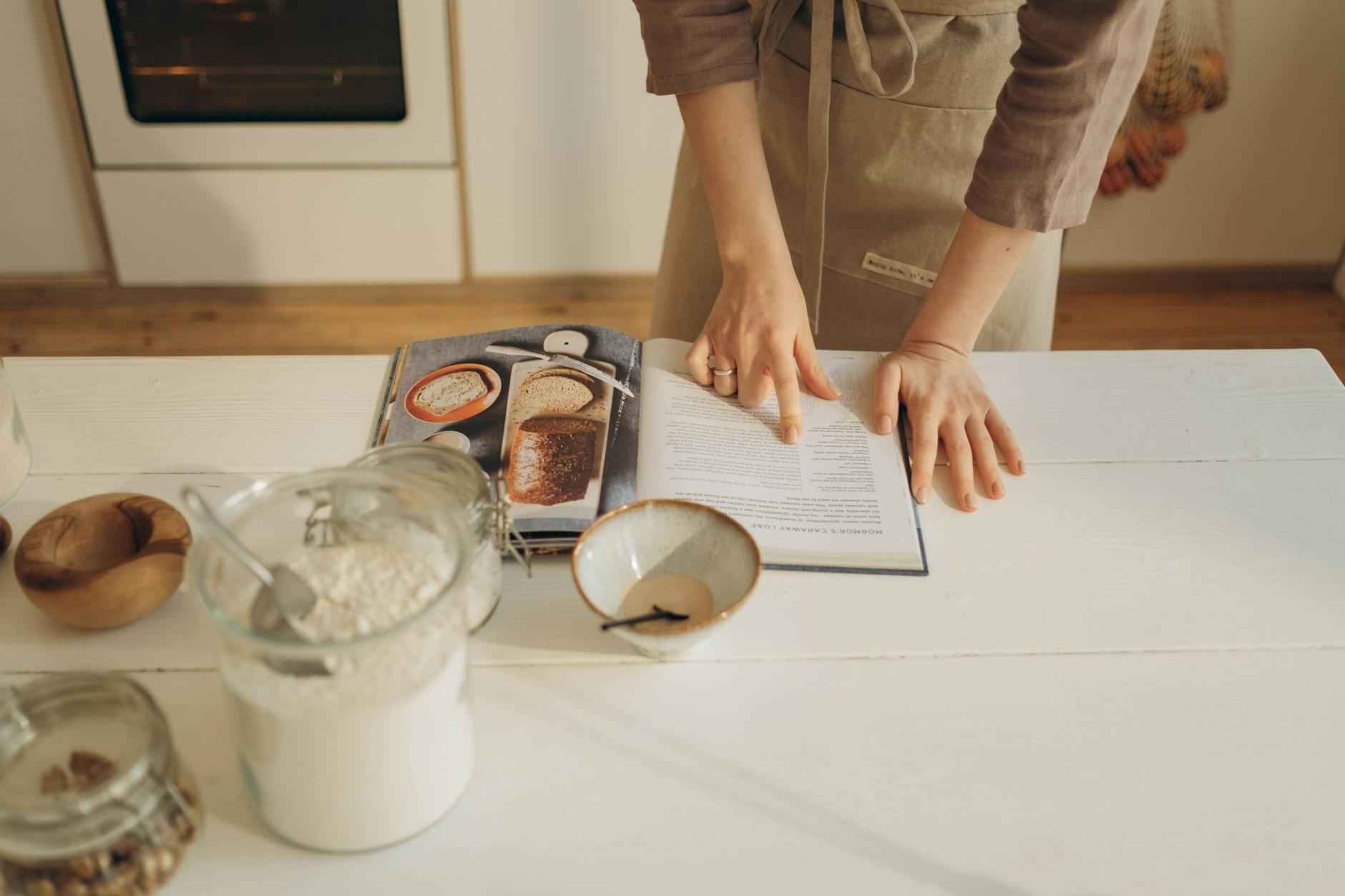Understanding Measurement in Cooking
When we’re whipping up something scrumptious, getting the measurements just right can make all the difference, especially in baking where precision reigns supreme. A little slip-up can turn your tasty dream into a nightmare. That’s why nailing those measurements is key to consistently divine desserts and breads.
Importance of Accurate Measurements in Baking
Ever wonder why your cake sometimes turns out perfect and at other times looks like it deflated before the party even started? Here’s the scoop: the balance you strike with ingredients decides whether your cake’s a showstopper or a flop. Too much flour, and you’ve got yourself a brick; too little, and you’ll be cutting a pancake. Mess with sugar or baking soda, and say goodbye to fluff and flavor—it’s a baking minefield out there.
Sticking to accurate measurements is like having the secret recipe to Grandma’s cookies. It’s how you keep the magic alive and get consistent results that even she would approve of. By following the exact measurements, you’re not just playing it safe—you’re making sure every mouthful meets those lofty expectations you’ve set.
Realizing how crucial these measurements are opens a whole new appreciation for the art and science that’s happening in your mixing bowl. It’s like having your own chemistry set, but the reward is a jaw-dropping pie instead of a fizzing experiment.
Even the kind of ingredients, how packed it is, and the way you scoop them up can totally change the game. Being aware of all this and using reliable measuring tips are what can separate the amateurs from the artisans in the world of culinary wizardry. After all, who doesn’t want to dazzle their dinner guests with dessert perfection?
Debunking the Myth: Is 300 Grams Equal to a Cup?
Baking and cooking can feel like a mystery if you’re juggling grams and cups, thinking they’re the same thing. They aren’t. Grams weigh stuff, while cups measure space. Easy to mix up, though! Here, we’ll break down how grams and cups stack up against each other.
Weight vs. Volume Measurements
Grams give you a straight-up count of an ingredient’s heft, which is great because density and how something is packed don’t mess with the numbers. Cups, on the flip side? They can get a bit wonky. Scraping in your flour or gently spooning it? Two totally different “cup” results!
Different ingredients have their own thing going on density-wise. Like, sugar and flour have their own gigs, making conversions a bit of a guessing game. Your best bet here? Check out some conversion charts or, even better, get yourself a trusty kitchen scale.
Converting Between Grams and Cups
Trying to make grams and cups play nice is kinda like fitting a round peg in a square hole. They don’t always match up perfectly, thanks to that pesky density issue. Just FYI, 300 grams of flour could fill one cup or less, depending on how you scoop it. Here’s a rough guide to help get you cooking:
| Ingredient | Approximate Weight to Volume Conversion |
|---|---|
| Flour | 1 cup = 120-150 grams |
| Sugar | 1 cup = 200-225 grams |
| Water | 1 cup = 240 grams |
| Butter | 1 cup = 225 grams |
Those numbers aren’t set in stone. They like to wiggle here and there based on the ingredient or your measuring style. So, when precision’s the name of the game—especially when baking—whip out that scale. For more on ingredient conversions, check out our page on what is a 1 cup in grams.
When you get the hang of how weight and volume play off each other, plus the funky factor of ingredient density, you’ll be a more confident cook. Sure, 300 grams might not always scream “one cup!” but knowing your way around this will lead to some tasty kitchen wins.





